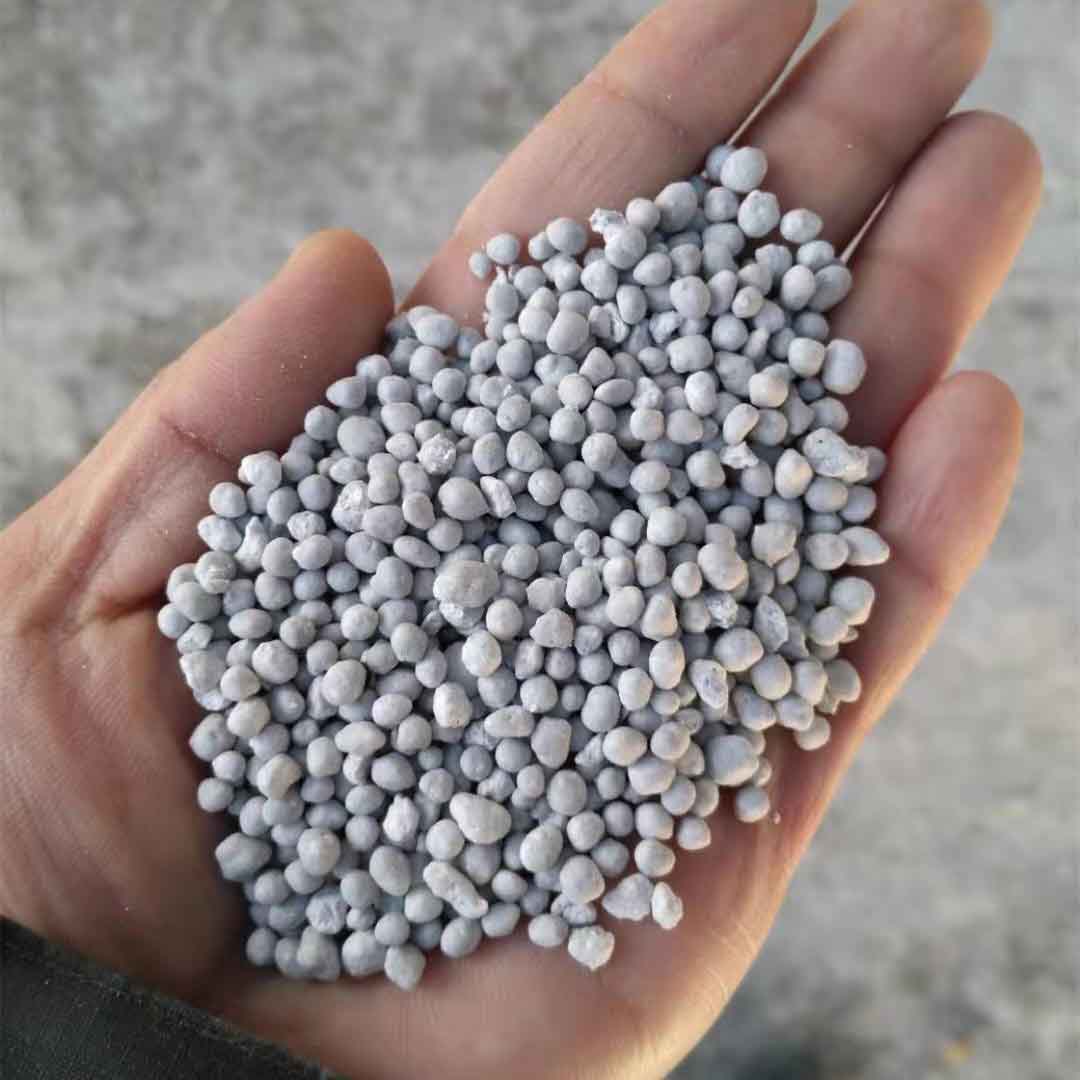
Okt . 18, 2024 21:31 Back to list
Choosing the Right NPK Fertilizer for Healthy Potted Plants Growth
Understanding NPK Fertilizer for Pot Plants A Guide for Enthusiasts
When it comes to nurturing healthy potted plants, understanding the role of fertilizers is crucial. One of the most commonly used fertilizers in gardening is NPK fertilizer. This guide will explore what NPK fertilizers are, their significance, and how to best use them for your indoor and outdoor pot plants.
What is NPK Fertilizer?
NPK stands for Nitrogen (N), Phosphorus (P), and Potassium (K), which are three essential nutrients that plants need to thrive. Each of these elements plays a distinct role in plant health
- Nitrogen (N) Integral for leaf growth and overall plant health, nitrogen is a key component of chlorophyll, the compound plants use in photosynthesis. A nitrogen-rich fertilizer is essential for leafy greens and plants that are primarily grown for their foliage.
- Phosphorus (P) This nutrient supports root development, flowering, and fruiting. It is crucial for energy transfer within the plant, aiding processes such as photosynthesis and respiration. If your goal is to encourage blooms and strong root systems, phosphorus is essential.
- Potassium (K) Often referred to as the quality nutrient, potassium helps strengthen plants’ overall health and resilience. It plays a significant role in water regulation, enzyme activation, and enhancing a plant’s resistance to diseases. A potassium-rich fertilizer can thus improve the overall quality of fruits and flowers.
The Importance of NPK Ratios
NPK fertilizers are available in various formulations, denoted by a series of three numbers on the packaging (e.g., 10-10-10 or 5-10-5). These numbers represent the percentage by weight of nitrogen, phosphorus, and potassium, respectively, in the fertilizer. Choosing the right NPK ratio depends on the specific needs of your potted plants.
For instance
npk fertilizer for pot plants

- For leafy vegetables (e.g., lettuce, spinach), a higher nitrogen ratio (like 20-10-10) is beneficial for promoting lush foliage. - For flowering plants (e.g., petunias, hibiscus), a fertilizer higher in phosphorus (like 5-15-10) will support blooming. - If you're growing fruit-bearing plants (e.g., tomatoes, peppers), a balanced fertilizer (e.g., 10-10-10) or one higher in potassium (like 5-10-15) can enhance fruit quality and yield.
How to Use NPK Fertilizer for Pot Plants
1. Soil Test Before applying NPK fertilizer, perform a soil test. Understanding the existing nutrient levels will help you choose the right fertilizer and avoid over-fertilizing, which can harm plants.
2. Application Follow the manufacturer’s instructions regarding application rates, as over-fertilization can lead to nutrient burn. Generally, it’s better to err on the side of caution and under-fertilize than to overdo it.
3. Timing The best time to fertilize potted plants is during the growing season (spring and summer), while in the dormant season (fall and winter), plants require less or no fertilizer.
4. Watering Ensure you water your plants adequately before and after applying fertilizer. This helps prevent root burn and allows nutrients to be absorbed more effectively.
5. Observation Keep an eye on your plants for signs of nutrient deficiency or excess, such as yellowing leaves or stunted growth. Adjust your fertilization routine accordingly.
Conclusion
Incorporating NPK fertilizer into your pot plant care regimen can lead to healthier, more robust plants. By understanding the specific needs of your foliage and blossoms, you can select the right NPK ratio and improve your gardening success. Remember, the key lies in balance, so always observe and adapt your approach as needed. Happy gardening!
-
Premium Organic Manure Compost for Eco Gardens
NewsAug.01,2025
-
Organic 10-10-10 Fertilizer | Balanced Plant Nutrients
NewsJul.31,2025
-
Premium Amino Acid Fertilizer | Rapid Plant Growth Booster
NewsJul.31,2025
-
10 10 10 Fertilizer Organic—Balanced NPK for All Plants
NewsJul.30,2025
-
Premium 10 10 10 Fertilizer Organic for Balanced Plant Growth
NewsJul.29,2025
-
Premium 10 10 10 Fertilizer Organic for Balanced Plant Growth
NewsJul.29,2025
